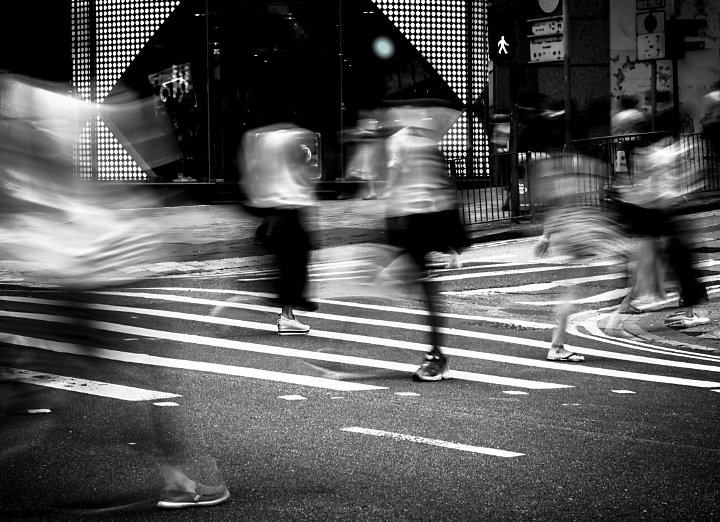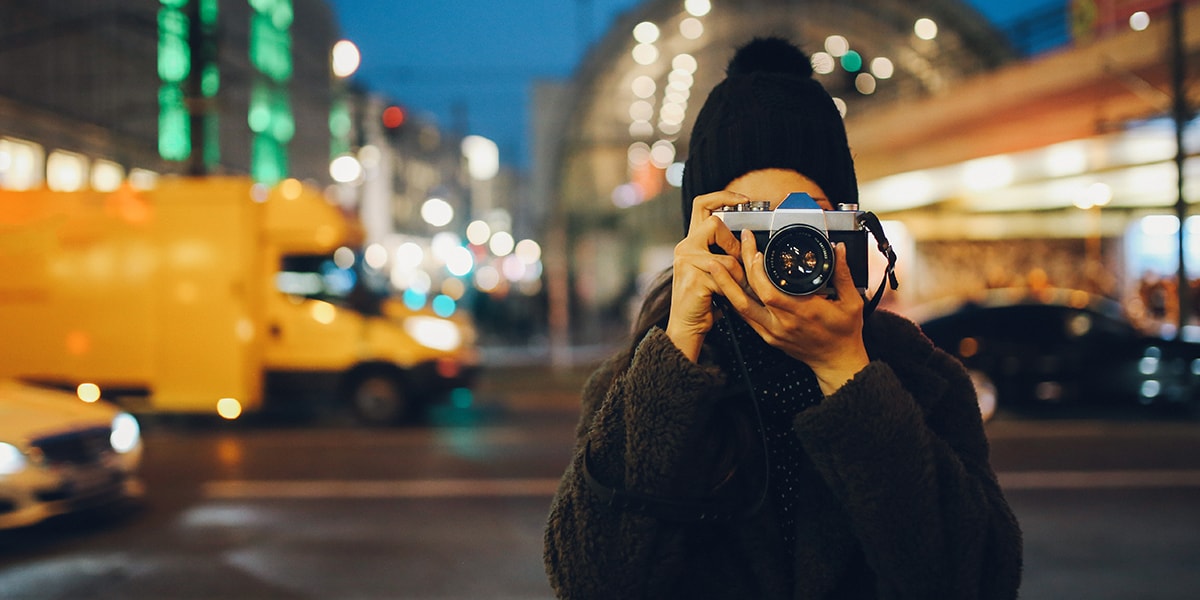Framing Streets Fundamentals Explained
Wiki Article
The 30-Second Trick For Framing Streets
Table of ContentsFraming Streets Can Be Fun For EveryoneThe 30-Second Trick For Framing StreetsThe Best Guide To Framing StreetsFraming Streets Fundamentals Explained

Both at the Museum of Modern Art (Mo, MA). Inspired by Frank, in the 1960s Garry Winogrand, Lee Friedlander and Joel Meyerowitz began photographing on the streets of New york city. Phil Coomes, writing for BBC Information in 2013, stated "For those people curious about street digital photography there are a few names that stand apart and one of those is Garry Winogrand"; critic Sean O'Hagan, composing in in 2014, stated "In the 1960s and 70s, he defined street digital photography as a perspective as well as a design and it has actually laboured in his darkness since, so clear-cut are his photos of New York." Going back to the UK in 1965 from the US where he had fulfilled Winogrand and taken on road digital photography, Tony Ray-Jones transformed a wry eye on usually unique groupings of British individuals on their holidays or joining events.
Road photography is a large style that can be specified in numerous ways, yet it is commonly identified by the spontaneous capturing of an unrepeatable, fleeting moment, often of the day-to-day going-ons of unfamiliar people. It is typically fired with larger angle lenses (e. g. 35mm) and generally features metropolitan atmospheres.
Rumored Buzz on Framing Streets
Documentary photographers typically have actually a specified, deliberate message and an intent to videotape particular events in history (https://www.twitch.tv/framingstreets1/about). The range of the docudrama strategy incorporates aspects of journalism, art, education, sociology and history. In social examination, documentary images are commonly intended to prompt, or to highlight the need for, societal modificationRoad digital photography is normally viewed as unposed and honest, but there are a few road professional photographers who interact with complete strangers on the streets and take their pictures. Street portraits are unplanned portraits taken of complete strangers while out doing street digital photography, nonetheless they are seen as postured since there is communication with the subject.
e. 'candid photography' by interpretation) for art purposes has been questionable. Photographing individuals and locations in public is lawful in many nations safeguarding civil liberty and journalistic liberty. There are usually limitations on just how images of individuals might be used and most countries have particular regulations relating to individuals's privacy.
Framing Streets for Dummies
While the common-law provinces comply with the United Kingdom, relative to the freedom to take pictures in a public location, Quebec legislation provides that, in many situations, their magazine can take area just with the consent of the subjects therein. The European Union's Human Civil liberty Act 1998, which all EU nations have to support in their residential law, develops in a right to privacy. Of liberty of expression. While likewise limiting digital photography in order to secure personal privacy legal rights, street digital photography can still be lawful in France when sought as an art form under particular circumstances.
. that just strayed right into a scene), or who are not also well-known in the picture. https://framingstreets1.bandcamp.com/album/framing-streets. It Home Page likewise does not normally reach individuals who are public numbers (e. g - Street photography hashtags. politicians or stars). If a picture is considered art, the courts will additionally think about the professional photographer's freedom of imaginative expression; implying that "artful" street photography can still be legally published in specific instances
Our Framing Streets Statements
Photographing the cops and publishing the photographs is likewise lawful.In Hungary, from 15 March 2014 anybody taking photographs is technically damaging the regulation if someone wanders into shot, under a brand-new civil code that forbids taking images without the consent of everyone in the photo - photography presets. This increases the legislation on authorization to include the taking of photographs, in enhancement to their publication
'Surprise digital photography' (kakushidori hidden, surreptitious digital photography) 'stolen digital photography' (nusumitori without any objective of obtaining approval) and "rapid photography' (hayayori prior to consent and rejection can be provided) are restricted unless in the previous authorization is gotten from the subject instantly after taking the picture. People have legal rights to their images (shzken, droit de photo).
Report this wiki page